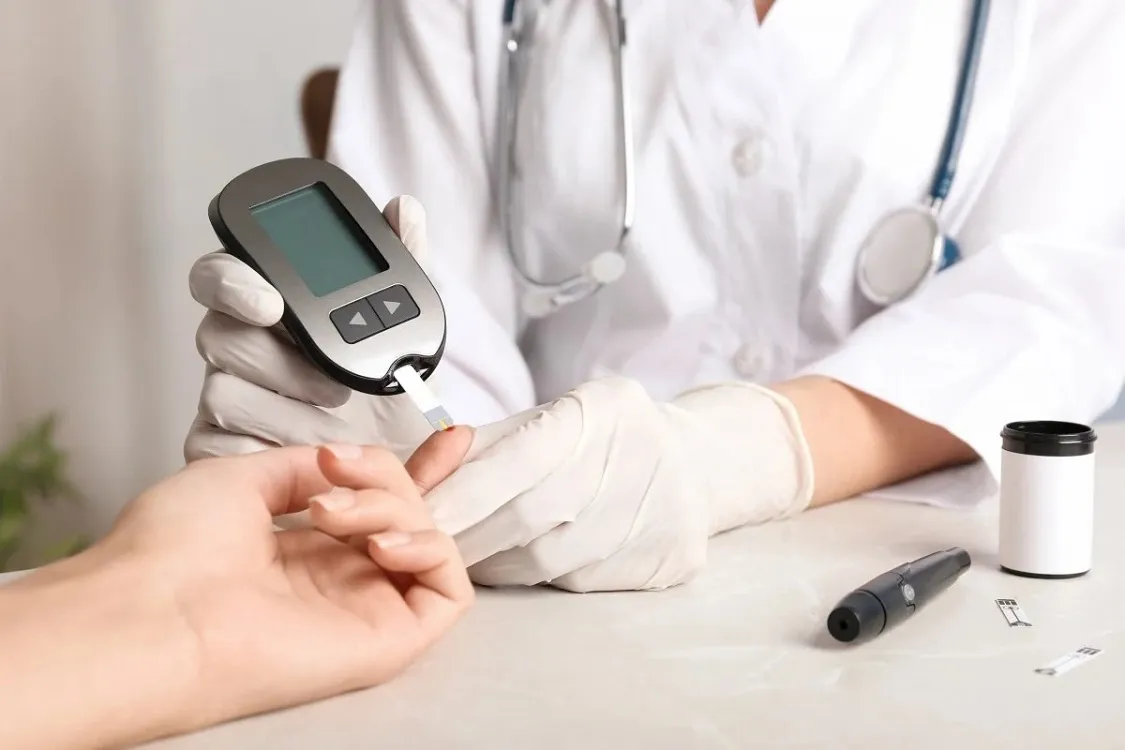


In a landmark medical achievement, Chinese scientists have reported the successful reversal of both Type 1 and Type 2 diabetes in patients using a novel autologous stem cell transplantation technique.
This break-through led by researchers from Peking University and Tianjin First Central Hospital and published in the journal Cell, marks a major step toward a potential functional cure for the condition by utilizing the patient’s own cells.
Type 1 Diabetes Reversal (World-First Case): A 25-year-old woman who had lived with Type 1 diabetes for over a decade received a transplant of insulin-producing islet cells derived from her own body.
Researchers took cells from her fat tissue (adipose cells) and chemically reprogrammed them into pluripotent stem cells. These were then differentiated into functional islet-like cells, known as CiPSC islets (chemically induced pluripotent stem-cell-derived islets).
Just 75 days post-transplant, the patient achieved complete insulin independence. At the time of the published report, she had maintained stable blood glucose control and remained insulin-free for over a year. Data showed her blood sugar levels were within the appropriate target range over 98% of the time.
The CiPSC islets were transplanted into the abdominal muscles (anterior rectus sheath) instead of the traditional liver site, simplifying the minimally invasive surgery and allowing for easier post-operative monitoring.
Type 2 Diabetes Reversal: A separate trial successfully treated a 59-year-old man with long-term Type 2 diabetes using similar stem cell-derived islet cells, which were created from his own blood cells.
He achieved insulin independence within 11 weeks and, at a one-year follow-up, required no diabetes medication whatsoever.
The critical innovation lies in the use of the patient’s autologous (own) cells. This personalized approach fundamentally addresses the main hurdle in traditional islet transplantation: the need for donor organs and the subsequent lifelong regimen of powerful anti-rejection (immunosuppressant) drugs.
By circumventing immune rejection, the therapy promises greater accessibility and safety. While the primary Type 1 patient in this study was already on immunosuppressant’s due to a previous liver transplant, the success demonstrates the viability of the technique.
Researchers, led by cell biologist Deng Hongkui, are proceeding with the clinical trial, which includes two other Type 1 patients who are also showing "very positive" initial results, paving the way for expanded human trials.
Comment